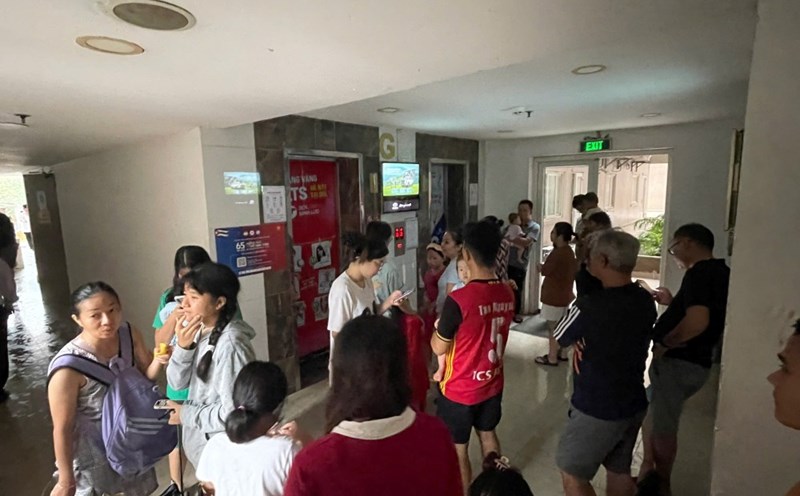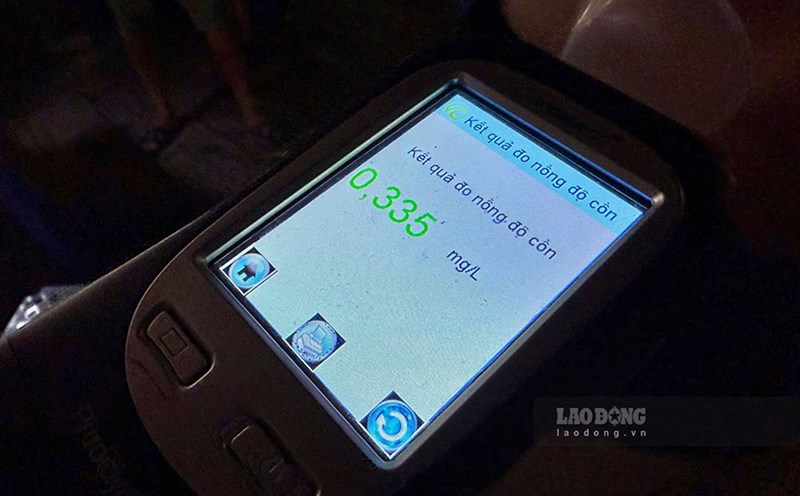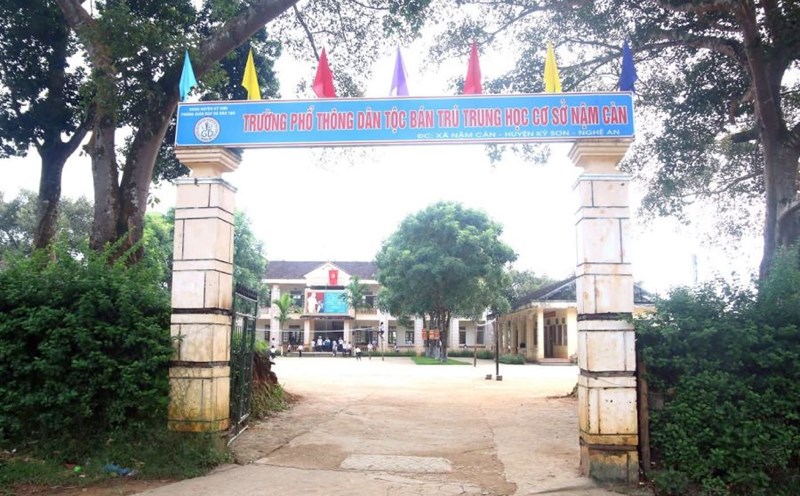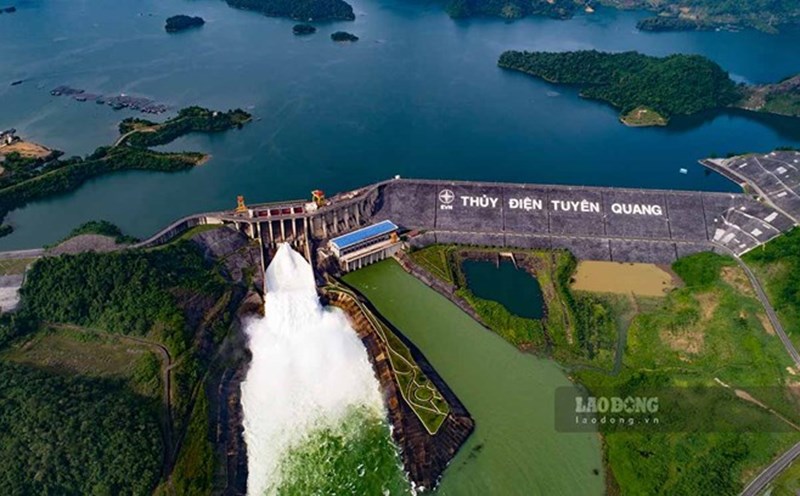With an emotional writing style and rich sources of documents, the book recreates the journey of formation and development of Saigon - Ho Chi Minh City as a "river capital", while opening up new prospects for marine economy, heritage economy and creative urban area.
Journey from a river to a dynamic city
The author considers Saigon as "a large flow", where the flow of people, money and technology converge, and has been the commercial center of the South for centuries. The geographical strength of the downstream area, adjacent to the sea has helped the city become a domestic and international connection hub. The Saigon River is not an unfinished river, but a river that rises out to the ocean, he wrote, affirming the open stature of an urban area with the vitality of water.
From that perspective, Saigon, the River Capital is not only a historical record, but also a spiritual map of the river-side urban area where tradition and modernity are in harmony. The author compared Saigon with the world's leading river cities such as London, New York or Shanghai, showing the city's development potential when taking advantage of "river resources" to create a future.
The book consists of three main chapters:
Chapter 1: " Unique water river" opens the journey to form Saigon from the first river banks and ports. The author tells about the "golden curve" of the Saigon River, about Thu Thiem, Can Gio, Binh Quoi - Thanh Da, the lands associated with the Southern exploration process. Rituals, marine activities, water towers, and ancient wells are vividly recreated, reflecting the strong relationship between residents and rivers.
Chapter 2: "The Brilliant Capital" travels from the initial port city to the "rictory small economy". Saigon appears as the vibrant center of Nam Ky Luc Tinh, a gathering place for traders, artisans and intellectuals. The author asked an interesting question: "Where is the old town of Saigon?" and suggested zoning the areas of Districts 1, 5, 6 as "urban heritage" areas, which need to be preserved and exploited for tourism.
Chapter 3: "Future space" aims for new prospects after Ho Chi Minh City expands economic space with Binh Duong, Ba Ria - Vung Tau. The author believes that this merger will open up a "sea front" and a chain of connecting rivers - ports - seas, creating development momentum for the marine economy, services, logistics and tourism. Many ideas and projects for the development of the Saigon River were mentioned, including the model of exploiting the "heritage economy" associated with the metro line, wharf, and ancient city port.
Book of documents, images and emotions
More than 300 color printing pages, large in size according to the format of "coffee table book", "Saigon, the river capital" is a combination of research, diary and photography. Hundreds of photos taken, collected or bought by the author himself from many domestic and foreign sources, vividly recreating river life and urban appearance through the ages. In addition, the rich documentation is carefully cited from historical sources, newspapers, seminars and specialized surveys.
The writings of author Tran Huu Phuc Tien are rich in literature, containing a deep love for the land he was born in. Not only telling the story through fact, the author leads readers through layers of memories - from the sound of Ben Nghe waves, the shape of Thu Thiem bridge, to the dream of a creative urban area on the riverbank. Saigon, the capital of the river is therefore not only a historical book, but a cultural declaration of Vietnamese urban identity in the 21st century.
Saigon, the capital of rivers not only recalls urban memories but also arouses faith in the future. The book positiones the special role of Saigon - Ho Chi Minh City in the urban map of Vietnam and the region, as a "river capital" preparing for a new era: the era of river economy, smart cities and cultural integration.
Born in 1962 in Saigon, Tran Huu Phuc Tien (nickname Phuc Tien) was a reporter for Tuoi Tre, Saigon Times, New World and FBNC Newspapers. He graduated with a degree in History and studied journalism at the University of Oxford (UK) under a Reuters scholarship.
The author has published many books on culture, tourism, and urban architecture, notably "France - Indochina Architecture, Saigon - Hon Ngoc Vien Dong Monuments" ( Tre Publishing House, 2025), winning the Golden Book Award for Publications of the Vietnam Urban Planning and Development Association. He is also a member of the Jury of the contest "Sai Gon River Development Strategy" in 2022, regularly participating in planning seminars and surveys related to Can Gio, Thu Thiem, Binh Quoi.











